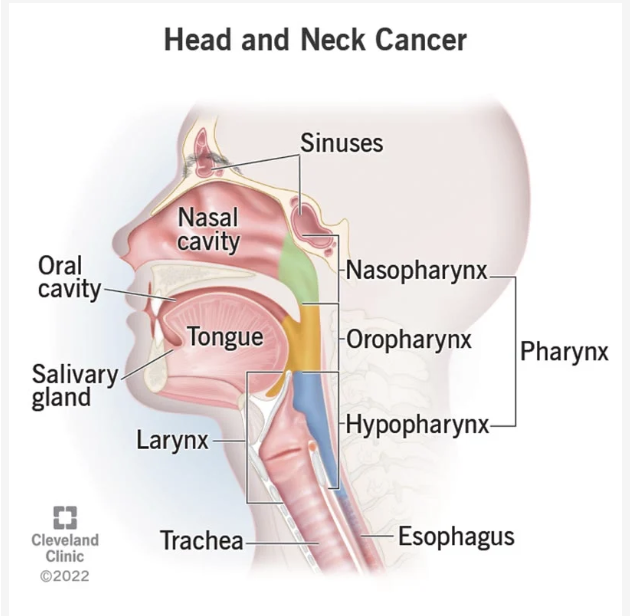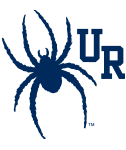This summer, I am interning at Georgetown-Lombardi Comprehensive Cancer Center. During this past spring semester, I went through the application process and secured a position where I have worked for 10 weeks full time. I want to tell you a little bit about how I got the internship, how my previous research helped to set me up for success, and what exactly I have been doing this summer.
Application process for external research experiences:
I initially applied to 5 internship programs, but this internship interested me the most because of its comprehensive research expertise that spans from basic sciences to clinical translational research and population science research. The application process for the Georgetown internship was straightforward. I wrote two statements: the first statement described my interest in cancer research and STEM, and the second statement shared additional information about me specifically. What I shared in mine, for example, was about an experiment in the Pollock lab that I found the most interesting. Then, I elaborated by explaining why it was interesting and how the skills I gained from the Pollock lab would help me succeed in this internship. Aside from that, I updated my CV and uploaded an unofficial transcript when submitting my application. Then it was a waiting game. I was excited to get selected and embark on this journey.
My Research: Head and Neck Squamous Cell Carcinoma
My internship in Dr. Rozek’s lab focuses on Head and Neck Squamous Cell Carcinoma (HNSCC), the sixth most common cancer in the US. This cancer is evolving due to the presence of HPV (Human papillomavirus) and is becoming a rising cause of Oropharynx Carcinoma (cancer in the epithelial tissue of the throat). Oral HPV infection is spread through sexual behavior and is consistently associated with HPV16 (Liederbach et al., 2016). HPVs are double-stranded DNA viruses with a specific receptor that binds to a modified protein called Heparan Sulfate Proteoglycans (HSPG). HPV16 is a high-risk strain of HPV commonly associated with cervical and oropharynx cancer (Harrison et al., 2008). We are interested in understanding how racial differences between African American and Non-Hispanic Whites affect cancer prognosis in HPV positive Oropharynx Carcinoma Cancer patients. To answer this question, we collaborate with other universities: the University of Michigan and Louisiana State University, who send us Head and Neck tumors. Our job is to extract DNA and RNA from these tumors and send it to the University of Michigan so that the RNA can get sequenced. After being sequenced, the data will show us HPVs viral integration in a patient’s genome. We can also test for the presence of the p16 biomarker. This is measured using immunohistochemistry (IHC) and will tell us if HPV16 has infected the tumor cells.
Extracting DNA and RNA is a lengthy process. We use CELLDATA DNAstorm/RNAstorm Combination Kits to extract the DNA and RNA from FFPE (Formalin-fixed paraffin-embedded) Head and Neck tumors. We start by extracting the RNA; The first step is deparaffinization, used to extract paraffin from the tumor tissue since the tumor is soaked in paraffin for some time. The second step is uncrosslinking and lysis by using RNA lysis buffer and RNA FFPE Protease. The protease is responsible for degrading the proteins in the tumor tissue. Lastly, RNA isolation requires binding buffers, ethanol, and Rnase-free water.
Then, we perform DNA extraction. Similar to RNA extraction, the three principle steps are also conducted within this extraction. First, we continue to deparaffinize the tissue, but this time with a CAT5 lysis buffer. Then, uncrosslinking and lysis with Proteinase K and Rnase A to degrade any RNA present. Lastly, DNA isolation also requires binding buffers and nuclease-free water.

My Feelings about my Experience in the Lab:
I have felt very supported by my principal investigator, Dr. Rozek, and my peers in the lab. Initially, I was nervous about making a good impression and demonstrating my capabilities in an academic environment alongside peers much more versed in scientific research. I learned that no matter where you stand in your academic career, you should not be afraid to embrace the feeling of not knowing. My peers in the lab have made it abundantly clear that they want me to succeed and gain a deeper understanding of the science behind the research. Furthermore, I did not expect to appreciate working with women who come from similar backgrounds to my own. As a Hispanic woman, getting the opportunity to work with my two Hispanic colleagues has allowed me to work on communicating with them in English and Spanish. I can confidently say that I have a greater appreciation and a deeper understanding of Head and Neck cancer. Overall, I am lucky to say that I have had a great experience throughout this internship and gained professional and personal relationships along the way.
How did my experience in the Pollock lab prepare me for this internship?
Rozek’s lab focuses on molecular Epidemiology rather than utilizing chemical biology approaches like in the Pollock lab, but the main focus of both research projects has been cancer! Although I do not work with cell lines, pipetting and participating in healthy sterile practices was equally important in my success in the lab setting. Outside of benchwork, it is often difficult to ask for help or admit when something doesn’t make sense to avoid looking dumb; nevertheless, I know that asking questions and showing interest is far more important than not showing interest at all. I had already become comfortable asking questions and reading research papers so I was able to continue to do that this summer. In particular, it made it easier for me to understand the research papers on Head and Neck cancer.
In the Pollock lab, I had the opportunity to conduct a variety of experiments. In one part of my project, I learned to extract DNA from E. Coli using DNA kits; this experience helped give me a basic understanding of the research I currently do. Now in Rozek’s lab, I extract DNA and RNA from tumor cells sent from universities like the University of Michigan and Louisiana State University, as stated above. My research experience at UR helped expand my skill set and prepared me to work in external research labs, so seek out new opportunities and apply to internships!
Resources
Liederbach, E., Kyrillos, A., Wang, C.-H., Liu, J. C., Sturgis, E. M., & Bhayani, M. K. (2016). The national landscape of human papillomavirus-associated oropharynx squamous cell carcinoma. International Journal of Cancer, 140(3), 504–512. https://doi.org/10.1002/ijc.30442
Harrison, L. B., Sessions, R. B., & Hong, W. K. (2008). Head and Neck Cancer: A Multidisciplinary Approach (3rd edition, pp. 905–913). Lippincott Williams & Wilkins.
Clinic, C. (2023). Head and Neck Cancer: Symptoms, Types & Treatment. Cleveland Clinic. https://my.clevelandclinic.org/health/diseases/14458-head-and-neck-cancer

Recent Comments